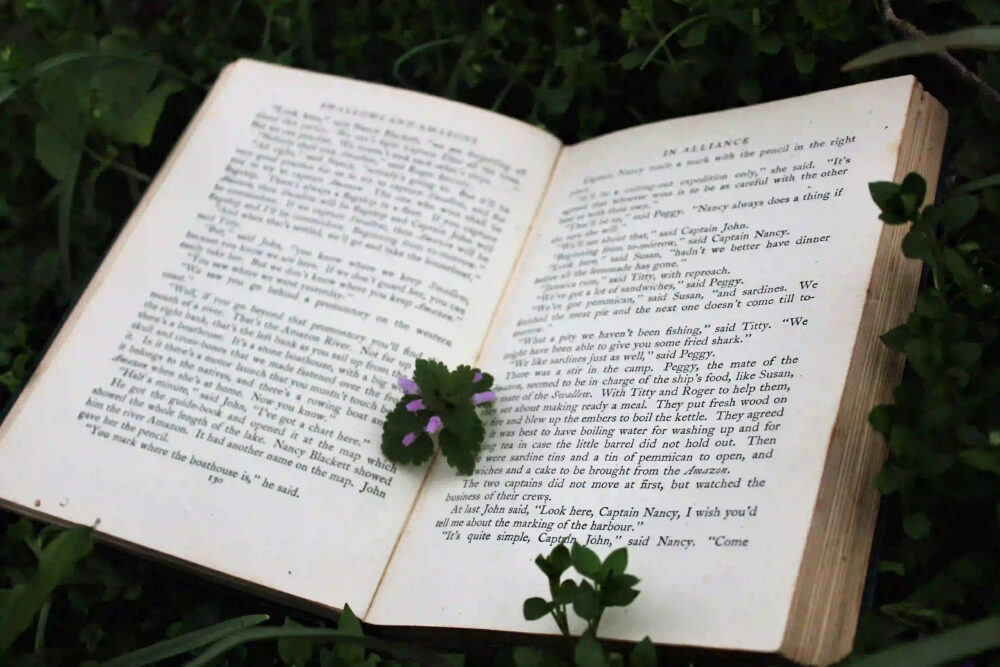The Romantic poets, including William Wordsworth, John Keats, and Percy Bysshe Shelley, were deeply influenced by the natural world, and their poetry often celebrates the beauty and power of nature. In this blog post, we will explore the profound connection between nature and Romantic poetry, delving into the works of these three influential poets and examining how they portrayed nature in their writing.
William Wordsworth: The Poet of Nature
William Wordsworth, often hailed as the poet of nature, had a profound impact on the Romantic movement with his emphasis on the beauty and spiritual significance of the natural world. In his famous poem “Lines Composed a Few Miles above Tintern Abbey,” Wordsworth reflects on the restorative power of nature and the lasting impression it leaves on the human soul. His focus on the tranquil and sublime aspects of nature, combined with his belief in its ability to nurture and inspire, resonates throughout his body of work.
Wordsworth’s poetry is marked by a deep sense of connection with the natural world, and his use of vivid imagery and sensory language brings the landscapes to life, immersing the reader in the sights and sounds of nature. His portrayal of nature as a source of solace, wisdom, and spiritual renewal continues to captivate readers and remains a cornerstone of Romantic poetry.
John Keats: The Beauty of Transience
John Keats, another prominent figure in Romantic poetry, approached nature with a keen awareness of its transient beauty and the cycle of life and death. In his ode “To Autumn,” Keats captures the essence of the season and celebrates the ripeness and abundance of nature, while also acknowledging its inevitable decline. His portrayal of nature as both vibrant and fragile reflects the Romantic fascination with the fleeting nature of existence and the interconnectedness of all living things.
Keats’s evocative descriptions and rich sensory details transport the reader into the heart of the natural world, where they can witness the fleeting beauty of life and the profound impact of seasonal changes. Through his poetry, Keats invites readers to contemplate the beauty and impermanence of nature, inspiring a deep sense of wonder and appreciation for the world around us.
Percy Bysshe Shelley: Nature as a Symbol of Freedom
Percy Bysshe Shelley’s poetry often explores the theme of nature as a symbol of freedom and renewal, reflecting the Romantic ideal of individualism and the rejection of societal constraints. In “Mont Blanc,” Shelley uses the majestic mountain as a metaphor for the untamed power and resilience of nature, emphasizing its ability to defy human attempts to control or subdue it. His portrayal of nature as a force of liberation and unbridled energy aligns with the Romantic belief in the untamed spirit of the natural world.
Shelley’s bold and impassioned language, coupled with his exploration of the sublime and awe-inspiring aspects of nature, conveys a sense of exhilaration and liberation that transcends conventional boundaries. His poetry serves as a testament to the enduring power of nature to inspire and empower, encouraging readers to embrace the untamed and unyielding spirit of the natural world.
Conclusion
The Romantic poets, including Wordsworth, Keats, and Shelley, shared a profound reverence for nature and its transformative influence on the human experience. Through their poetry, they sought to capture the sublime beauty, transience, and liberating power of the natural world, inviting readers to contemplate their own connection to the environment and the enduring significance of nature in our lives.
As we immerse ourselves in the works of these influential poets, we are reminded of the enduring legacy of Romantic poetry and the timeless allure of nature as a source of inspiration, solace, and spiritual renewal. The profound connection between nature and Romantic poetry continues to resonate with readers, inviting us to embrace the enduring beauty and transformative power of the natural world in our own lives.
